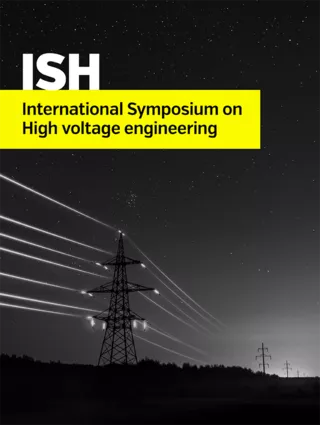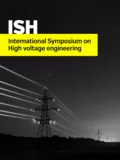Summary
Metal-oxide surge arresters are devices used in the electrical power system to protect against switching and lightning overvoltages that reach or propagate to transmission lines and power utility substations. Thus, they are used in order to increase the reliability, economy, and continuity of operation of the electrical systems. Considering the importance of surge arresters for the electrical power systems, several monitoring and diagnostic techniques have been studied, developed and improved to estimate the surge arrester degradation level. However, there is not consensus on the effectiveness of each one of the existing techniques. This work introduces a comparative study of existing and recently developed surge arrester monitoring and diagnostic techniques. Procedures based on the measurement of partial discharges, temperature, total leakage current and leakage current decomposition in its components were evaluated. The purpose of this study is to provide subsidies to determine, considering technical and operational aspects, which it is the most appropriate surge arrester monitoring and diagnostic technique. For this purpose, the accuracy of the results obtained from the use of the techniques in the laboratory, the results provided in the references, and the implementation/application of the techniques, which can be online or offline, were evaluated. Monitoring and diagnostic procedures based on leakage current measurements are commonly performed online, which consists of measuring the current through the ground cable (connected in series with the surge arrester) by an inductive sensor with high magnetic permeability. Some techniques require the measurement of the voltage signal applied to the surge arrester, which can be a limitation due to the technical-operational issues. Regarding to techniques based on temperature measurement and thermal analysis, they are known to be non-destructive and non-invasive, however, they measure an indirect physical propriety (the outer temperature of the housing), that are subject to the sensitivity of the measuring instrument and of the operator. The measurement of partial discharges is usually based on offline methods performed in laboratory, although some studies report techniques that can be applied in the field without requiring the surge arrester removal. For the application of these techniques, magnetic sensors capable of detecting low amplitudes at high frequencies are used. However, there is still not consolidated procedure or widely employed by the power utilities, unlike techniques based on leakage current and temperature measurements. The experimental tests performed so far indicate that the use of surge arrester monitoring and diagnostic techniques based on the measurement of the total leakage current are more feasible because they do not require complex arrangements to be applied in the field, besides providing as physical parameter for diagnostic purposes, an electric quantity connected directly to the level of degradation of the surge arrester.
Additional informations
| Publication type | ISH Collection |
|---|---|
| Reference | ISH2017_361 |
| Publication year | |
| Publisher | ISH |
| File size | 575 KB |
| Pages number | 7 |
| Price for non member | Free |
| Price for member | Free |
Keywords
Monitoring, Dianostic, Arrester, Leakage Current, Temperature



